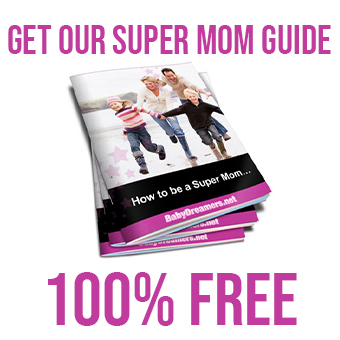At around six or five months old, it’s time to start thinking about introducing semi-solid foods into your baby’s diet. Breast milk is the best food for a baby before then, as it’s easy to digest and full of essential vitamins and disease-preventing antibodies.
In addition to providing the infant with essential nutrients, breastfeeding also fosters a close bond between mother and child. While most mothers have sufficient milk to satiate their baby’s hunger, the choice to breastfeed is a deeply personal one. Breastfeeding might not be the preferred option for all mothers.
For moms who choose not to breastfeed or are unable to, baby formula is a healthy alternative. Infants should be fed semi-solids after they lose the rooting or sucking reflex, which generally occurs by the sixth or fifth month. As your baby gets accustomed to the new flavors and textures of baby food, mealtimes will probably be messy and occasionally frustrating – but hang in there, it’s all part of the process!
Introducing your infant to new types of food can be a trying and patience-testing process – some babies take to new foods straight away while others can be quite resistant, especially if they’re used to the convenience of store-bought tinned or jarred foods. It’s important to persevere though, as home-cooked meals are often more healthy and nutritious for your little one. Plus, the bond that’s formed during meal times is invaluable.
If you choose to make your own baby food, hygiene and nutrition should be your top concerns. Many commercially-prepared baby foods have elevated levels of sugar, starch and additives.
-Rinse all equipment with hot water.
-Boil utensils like knives, spoons, and mashers.
-Don’t keep cooked food in the fridge for lengthy intervals. Bacteria form rapidly in meals that are bare.
-Discard any left over baby food.
-Ensure that you simply introduce new things slowly and in little doses.
-Begin with infant cereal; subsequently introduce fruits and vegetables; and then begin adding meats.
When you start to introduce your baby to semi-solid foods, it’s important to make sure they are hungry but not too famished by mealtime. The first semi-solid food my kids ate was iron-fortified baby rice cereal mixed with either formula or breast milk.
After introducing puréed vegetables, I began to introduce fruits, then meats as the infant gets older and can start chewing with both their upper and lower teeth. It’s important to introduce a variety of foods so that the growing infant can explore different tastes and textures. If they reject something, don’t give up and try again in a month or two. Who knows, they might take to it the second time around!
Even though home-made baby food is the best option, not all parents have the time to make it. However, there are several great commercial baby food selections now available on the market that are almost as good. Baby food producers understand that parents need wholesome baby food for their infants. There are now several all-natural baby food options available to parents which are healthy and safe alternatives to home-made.











